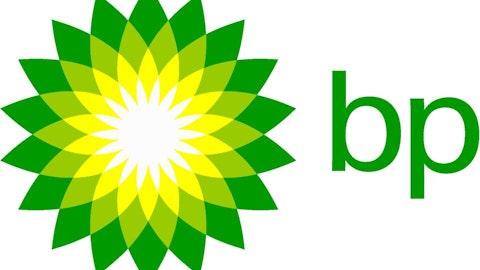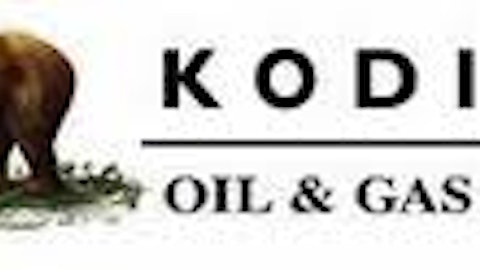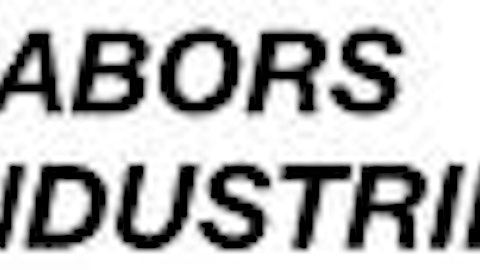While Alberta’s oil sands hold the promise of providing both the U.S. and Canada with greater energy security over the next several years, they also face some grave challenges.
Some of the biggest near-term threats include depressed pricing for oil sands crude and spiraling operating costs. Let’s take a closer look.
Soaring operating costs
Oil sands, often referred to as tar sands, are viscous mixtures of sand or clay, water, and a heavy substance known as bitumen. Due to bitumen’s physical characteristics, extracting and processing oil sands crude is much more expensive than extracting and processing conventional oil.
There are two main ways of recovering the stuff. The first is by mining it and then transporting it on trucks to plants that separate the bitumen from sand. The second way is extraction via in-situ methods, in which operators use steam to separate bitumen from sand underground, which allows it to then be pumped to the surface.

For mining operations, one of the most commonly used trucks is Caterpillar Inc. (NYSE:CAT)‘s Caterpillar 797, or Cat 797 for short – an enormous dump truck with a 400-ton capacity that’s capable of hauling a million pounds of bituminous sand at a single time.
As it turns out, Cat 797 drivers are paid quite well. They can expect to earn $36-$39 an hour, with some drivers able to bring in more than $150,000 a year including overtime, according to an article in The Wall Street Journal last year.
Salaries for engineers and technicians are similarly high. According to the Association of Professional Engineers and Geoscientists of Alberta, the typical senior geoscientist in Alberta’s oil sands saw his or her base salary rise to as much as $231,000 last year, representing a 14.5% improvement over the previous year.
Low prices for Western Canadian crude
The other major challenge facing oil sands producers is extremely depressed prices for their output. Until very recently, oil sands crude traded at a more than $40 discount to the global crude oil benchmark, Brent, which took a major toll on oil sands operators’ bottom lines.
Suncor Energy Inc. (USA) (NYSE:SU)‘s experience is instructive. The company is the biggest Canadian oil sands producer by output, yet it too hasn’t been immune to the severe margin pressures that have eaten into oil sands producers’ profits.
For the full-year 2012, it cost Suncor Energy Inc. (USA) (NYSE:SU) an average of $67.23 to produce a barrel of oil, which it sold for an average of $82.60 per barrel, which comes out to an operating margin of just under 19%. By comparison, Kodiak Oil & Gas Corp (USA) (NYSE:KOG), an exploration and production company with operations focused primarily in North Dakota’s Bakken Shale, reported a trailing-12-month operating margin of 43.5%– more than twice Suncor’s margin.


